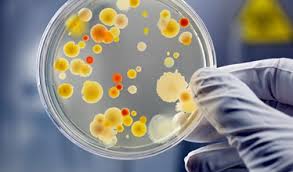While Called the Dead Sea, It Provides Powerful Restorative Minerals
The Dead Sea
The Dead Sea, one of the lowest places in elevation on earth, defies its name, which implies that it is a place of death and desolation. On the contrary, since the lively Jordan River flows into the Dead Sea, but does not flow out due to evaporation, the Dead Sea is a powerful place that concentrates its healing minerals and nutrients in the Dead Sea Black Mud. This vital Dead Sea Mud has been used in healthful and restorative medicinal products taken both internally and externally.
Powerful Dead Sea Minerals
Due to its potent and rich mineral content tourist, locals, and those with chronic diseases flock to the banks of the Dead Sea to harvest the Dead Sea Black Mud in hopes that its mineral properties will restore their skin’s youthful vibrancy as well as treat a host of skin aliments and conditions. In fact, amazing new studies by Israeli research institutions have reiterated the healthful and curative benefits of utilizing Dead Sea Black Mud as a mineral supplement for the skin and a treatment for some skin abnormalities.
Dead Sea Black Mud
The mineral and salt concentrations present in the Dead Sea Black Mud reach a remarkable 33%, while in comparison typical ocean water is only around 3% saline. The potency of the mineral-laced salts is astounding and therefore, Dead Sea Black Mud can be used sparingly since it is such a highly concentrated naturally occurring substance.
Dead Sea Mud Used for Millennia
Historically, the Dead Sea Black Mud has been used for centuries in medicinal recipes and preparations to cure a variety of ailments. The potency of the mineral content of the Dead Sea is renowned since biblical times. In fact, it was reported historically that the famous Egyptian queen Cleopatra, known for her obsession with beauty, knew about the beauty applications for the nearby Dead Sea Black Mud and other Dead Sea mineral products. If it was good for the ancients, surely it will be good for us as well.


